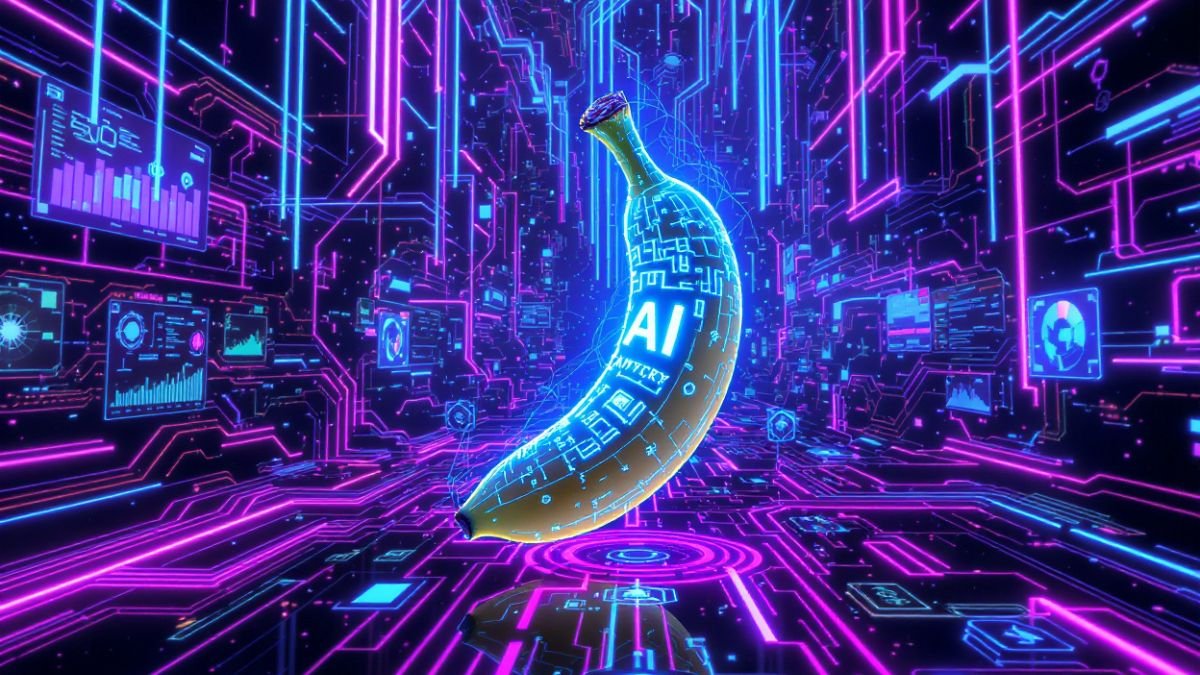
A new contender called nano banana has surfaced through LMArena’s blind Image Edit Arena and quickly grabbed attention. Users and testers note it wins many head-to-head battles and shows viral samples across social feeds.
Community sleuths linked banana emojis from Google Studio staff and a taped banana photo from DeepMind to speculation that Google may be testing this generator. Reported specs include a hybrid visual autoregressive plus diffusion engine, 1MP outputs in 3–5 seconds, and 2.1GB GPU inference.
Benchmarks matter: FID 12.4, 94% text accuracy, and 0.89 GenEval point to strong prompt adherence and consistent lighting via 3D spatial mapping. Those metrics translate into faster workflows, fewer edits, and higher final quality for teams focused on content ROI.
This Ultimate Guide unpacks what nano banana is, why users are talking about it, and when to choose this banana generator over other models. Expect clear timelines, architecture breakdowns, editing tips, and practical access steps.
Key Takeaways
- nano banana rose to fame via LMArena blind tests and viral community evidence.
- Hybrid engine yields fast, low-GPU runs with photoreal results and reliable text.
- Metrics like FID 12.4 and 94% text accuracy show measurable quality gains.
- Practical benefits include speed, fewer revisions, and better adherence to prompts.
- This guide will compare the nano banana model to major alternatives and give deployment tips.
The mystery behind Nano Banana’s sudden rise in 2025
A string of decisive wins in head-to-head battles made one unnamed model the talk of creator feeds. That buzz began on LMArena’s Image Edit Arena, where participants enter blind “Battle” mode to compare two anonymous entrants and vote, then reveal identities.
Community discoveries drove early traction. Users shared viral X posts of photoreal edits that rotated subjects’ heads, swapped clothing, and replicated objects while keeping original lighting and perspective intact. Those posts included striking before/after pairs and short clips that spread fast.
Community discoveries: LMArena sightings and viral X posts
Blind pairwise testing reduced bias. When an anonymous entrant won repeatedly against strong baselines, confidence grew that a top-tier generator was in play. Prompt formats, known strengths, and repeat wins circulated quickly among creators and testers.
“Battle winners kept matching scene lighting and camera angle, even after complex swaps.”
Is Google quietly testing it? Clues from Gemini, Imagen 4, and Veo 3
Speculation linked these sightings to a big tech lab. Signals included a banana emoji from a known Googler and a banana-taped-to-wall photo posted by a DeepMind staffer. Those breadcrumbs fit a 2025 product roadmap focused on conversational language edits across Imagen 4, Veo 3, and Pixel Photos.
While origins are unconfirmed, the alignment with that development focus makes the nano banana model theory plausible. LMArena’s public, blind setup also makes it easier for major teams to test a banana generator without branding, accelerating community testing and feedback.
The Enigmatic Nano Banana: Unprecedented AI Breakthrough Disrupts Image Generati
A fast, low‑footprint generator has pushed real-time editing from lab demos into daily workflows. Benchmarks back that claim: 1MP outputs in 3–5s on 2.1GB GPU, FID 12.4, 94% text accuracy, and 0.89 GenEval prompt adherence.
Those numbers show clear gains in visible quality and final results. Teams report cleaner typography, accurate object placement, and fewer failed multi-step edits.
Why it matters now: this blend of speed and fidelity moves image generation and image editing into conversational workflows. A user can iterate across a campaign series without masks or complex layers.
“Edits kept perspective and lighting, so swaps felt native to the shot.”
Hybrid draft-then-refine flow cuts failure cases common to single-stage systems. That means faster cycles, fewer revisions, and easier scaling of content pipelines.
| Metric | Value | Visible Benefit | Business Impact |
|---|---|---|---|
| Render speed | 3–5s @ 1MP | Faster drafts | Shorter production loops |
| VRAM | 2.1GB | Runs on modest hardware | Lower infra cost |
| Text accuracy | 94% | Reliable typography | Fewer corrections |
| Prompt adherence | 0.89 GenEval | Better multi-step edits | Higher first-pass acceptance |
Use cases span character continuity across a series, scene relighting with identity intact, and product swaps that match shadows and reflections. These advances elevate creative direction by letting teams test more concepts per sprint.
Under the hood: architecture, speed, and technical performance
A two-stage pipeline mixes structural drafting and fine-grain refinement to cut runtime and boost consistency. An autoregressive visual draft first lays out composition and semantic regions. A diffusion refinement pass then adds texture, lighting, and micro details.
Hybrid engine: visual autoregressive draft + diffusion refinement
This split approach improves generation by anchoring structure early, which reduces artifacts during complex edits. Diffusion polishing raises perceptual quality and keeps results coherent under multi-step constraints.
Key metrics at a glance
| Metric | Value | Benefit |
|---|---|---|
| VRAM | 2.1GB | Broader device compatibility |
| Throughput | 3–5s @ 1MP | Near real-time iteration |
| FID | 12.4 | Strong photorealism |
Advanced natural language and prompt adherence
Natural language processing links text to spatial reasoning. A 0.89 GenEval score reflects solid prompt adherence for conditional, multi-step instructions.
Text rendering accuracy at 94% supports dependable typography in scenes. 3D scene mapping preserves lighting and perspective during edits, enabling product swaps and object placement without manual masks.
“The hybrid flow reduces failed edits and speeds creative cycles.”
Breakthrough capabilities that redefine image editing
Modern editing flows now accept plain English prompts to apply complex, identity-safe changes.
Natural language editing that eliminates masking and layers
Users can write commands like “Replace the blue jacket with a red leather coat” or “Add a sunset with warm orange tones.”
Those prompts run without manual masks or layer work, so teams move faster and produce cleaner results.
Character consistency across series and iterative edits
Faces and signature features stay consistent across frames and later changes.
This supports campaign storytelling and episodic workflows where identity must persist during many edits.
Style transfer: photoreal, watercolor, oil, abstract, anime
Switch styles while keeping subject identity intact. Options span photoreal to anime for brand or creative needs.
Intelligent object manipulation: add, remove, replace, and replicate
Add or remove objects and replicate items so they match scene lighting, reflections, and shadows.
Text rendering accuracy and typography handling (94% character accuracy)
94% text accuracy boosts packaging comps, OOH mockups, and social creative with legible type ready for review.
| Capability | What it does | Benefit |
|---|---|---|
| Natural language editing | Plain-English prompts infer regions and intent | Faster drafts, less training |
| Character consistency | Preserves faces and features across edits | Stronger brand continuity |
| Style transfer | Photoreal, watercolor, oil, abstract, anime | Flexible creative directions |
| Object manipulation | Add/remove/replace/replicate objects with matching lighting | Fewer manual relighting fixes |
Iterative edits stack cleanly, so small conversational tweaks refine tone, composition, or wardrobe without quality loss.
These editing capabilities scale across teams, letting junior staff produce high-fidelity results with minimal oversight. Examples include nano banana image trials for banana image editing and banana editing workflows versus other banana generator tests.
How Nano Banana stacks up against the field
Benchmarks and user trials place one entry ahead on photoreal quality, text accuracy, and iteration speed. Head‑to‑head numbers highlight a measurable gap versus major models.
Versus DALL·E 3, Midjourney v7, and Stable Diffusion 3
Quality: FID 12.4 leads DALL·E 3 (18.7), Midjourney v7 (15.3), and Stable Diffusion 3 (16.9), signaling closer distribution match and higher photoreal output.
Text: 94% text rendering accuracy improves signage, labels, and UI mockups, reducing manual fixes common with other models.
Adherence: A 0.89 GenEval score shows stronger instruction-following for multi-step editing workflows.
Nano Banana vs Flux Kontext
Speed & efficiency: 1MP in 3–5s using ~2.1GB VRAM enables laptop-tier iteration. Flux Kontext often needs far more VRAM and runs slower in similar tests.
Consistency: Character consistency ~96% versus ~82% for Flux, which matters for brand and episodic work.
| Metric | Nano Banana | Flux Kontext |
|---|---|---|
| FID | 12.4 | 15–19 (varies) |
| 1MP render | 3–5s @ ~2.1GB | 6–12s; 7–32GB VRAM |
| Character consistency | ~96% | ~82% |
“Teams may prototype with Nano Banana for concept speed, then use Flux for governed production pipelines.”
Practical takeaway: pick tools based on compute, licensing needs, and deadline pressure. For rapid concepting and high-fidelity edits, this nano banana model often delivers superior technical performance. For deterministic control and commercial licensing, Flux Kontext remains attractive.
Hands-on access today: testing Nano Banana via LMArena
For a practical check, use LMArena’s Image Edit Arena to compare anonymous outputs side by side. This lets users run blind tests, judge realism, and confirm which generator wins for specific editing tasks.
Step-by-step: enter Battle mode, craft prompts, compare, vote, reveal
Visit lmarena.ai, choose Image Edit Arena, and opt into Battle mode. Submit a detailed natural-language prompt and wait for two anonymous results.
Compare outputs on realism, prompt adherence, and compositional balance. Vote for the better result, then reveal which model made which image. Repeat across rounds to test consistency.
Prompt engineering tips: lighting, style, spatial cues, and clarity
Use clear language with specific lighting cues like “soft overcast key from camera left.” Add style notes (photoreal vs watercolor) and explicit spatial relationships to guide edits.
Break multi-step requests into sequential prompts to control each change and to A/B test outcomes. Run identical prompts across portraits, products, and environments to measure repeatability.
“Users often report Nano Banana’s wins in blind comparisons; still, test your own content genres to verify performance for your pipeline.”
| Action | Why it matters | Tip |
|---|---|---|
| Enter Battle mode | Blind comparison reduces bias | Run multiple rounds |
| Use plain language | Improves prompt adherence | Specify lighting and spatial cues |
| Capture outputs | Supports side-by-side analysis | Name files by prompt variant |
Real-world applications and creator workflows
Creators are using fast edit cycles to turn single product shots into dozens of on‑brand variants. Reported strengths enable quick product variations, believable lifestyle composites, and reliable series continuity for repeat campaigns.
E‑commerce and product imagery
Spin product variations by swapping colors, backgrounds, or props while preserving shadows and reflections. This accelerates A/B testing and seasonal refreshes.
Teams can compose lifestyle scenes from a single studio frame to create multiple shipping-ready images without lengthy relighting passes.
Marketing and social content
Maintain consistent faces and features across a series to support recurring personas and episodic storytelling. That character consistency reduces manual touchups and speeds delivery for weekly social drops.
Use conversational prompts to produce on‑brand assets that align with campaign tone and format specifications.
Creative industries and concept work
Concept artists and designers iterate character design, environment studies, and style exploration faster. Style transfers let teams test photoreal to watercolor or anime directions with minimal setup.
Education, training, and production workflows
Instructors and trainers create diagrams and technical visuals with plain‑English edits, making advanced editing capabilities accessible to non‑experts.
For production, prototype layouts using fast outputs, then finalize in governance-ready tools like Flux Kontext when licensing or compliance matters.
“Fast, conversational editing frees creative staff to focus on strategy rather than manual fixes.”
| Use case | Benefit | Best fit |
|---|---|---|
| Product variants | Faster A/B testing, lower photo costs | E‑commerce |
| Marketing series | Consistent personas, faster pulls | Social campaigns |
| Training visuals | Accessible, repeatable edits | Education |
Strategic outlook: costs, stability, and industry impact
Budget and uptime will decide whether teams adopt this generator at scale.
Pricing reality: Free access via LMArena lowers the bar for development and quick tests. That convenience leaves open questions about future commercial tiers, SLAs, and throughput guarantees for production use.
ROI drivers and risk
ROI levers include reported 8x speed gains, fewer revision rounds, and higher prompt adherence. Those factors shorten timelines and improve capacity planning.
Risk: Without published licensing, enterprises may favor Flux Kontext for contract clarity and procurement predictability.
Ecosystem and governance
Language-first editing in Google Photos and Gemini signals platform moves toward conversational workflows. Teams should document prompts and decision rules now so artifacts remain portable across tools.
When to choose which path
Choose Flux Kontext when compliance and availability matter. Wait if you need specific enterprise features that remain unannounced. Go hybrid to ideate fast with free access, then finalize production on licensed platforms.
“Use rapid exploration for concepting, and gated, contract-backed tools for final delivery.”
| Decision factor | Recommended approach | Why it matters |
|---|---|---|
| Compliance & SLA | Flux Kontext | Predictable contracts |
| Speed & prototyping | Free LMArena access | Fast iteration |
| Balanced needs | Hybrid workflow | Velocity plus governance |
The road ahead for Nano Banana image generation
Momentum and benchmarks suggest a move from sandbox tests to production-ready services and cloud APIs. Expect staged development that adds formal APIs, docs, and plugins for design suites.
Natural language will become the default interface for editing and generation. That shift will lower skill barriers and speed workflows for teams across marketing and product design.
Priorities today: build prompt standards, logging, and review protocols so nano banana editing flows port cleanly as access expands. Keep running LMArena trials to benchmark changes and validate edge cases.
Plan a hybrid roadmap: prototype fast with free access, then switch to contract-backed platforms when SLAs and terms meet enterprise needs. This approach balances speed, governance, and scale as nano banana image tools mature.
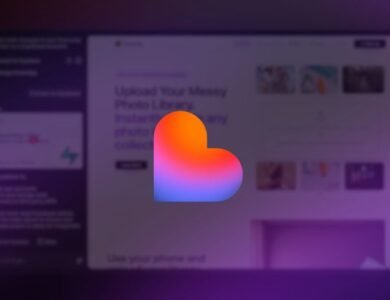
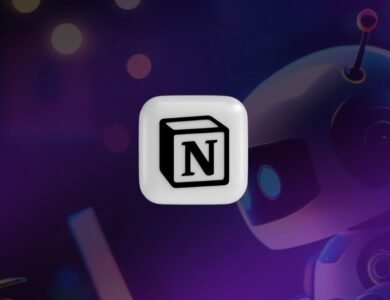
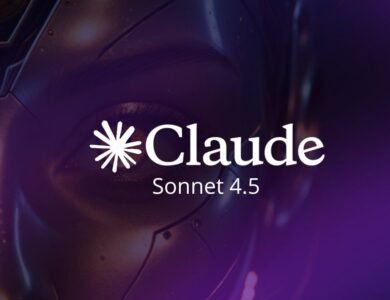
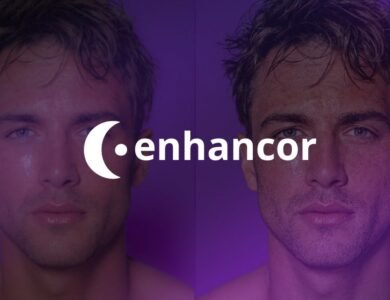
One Comment